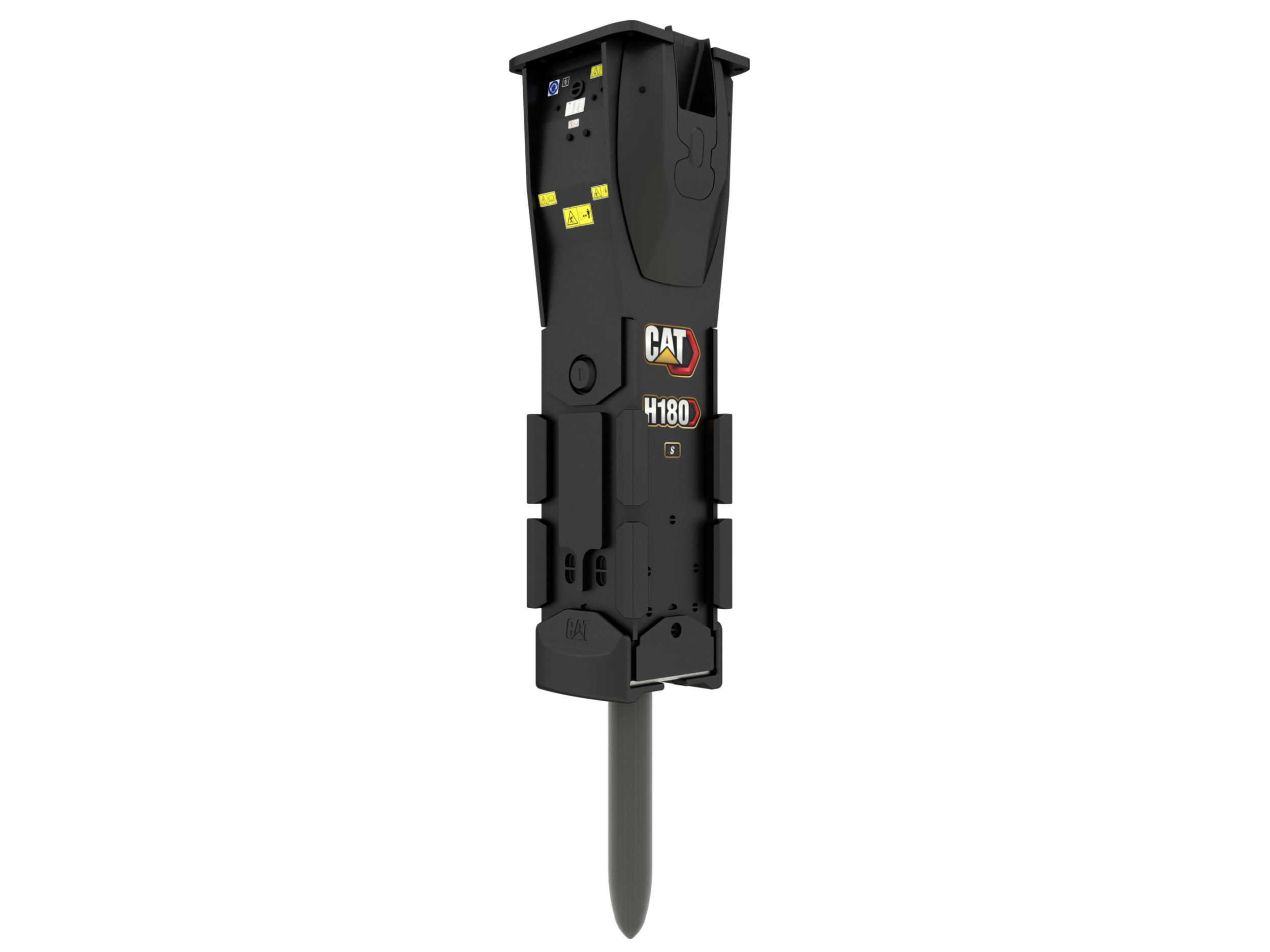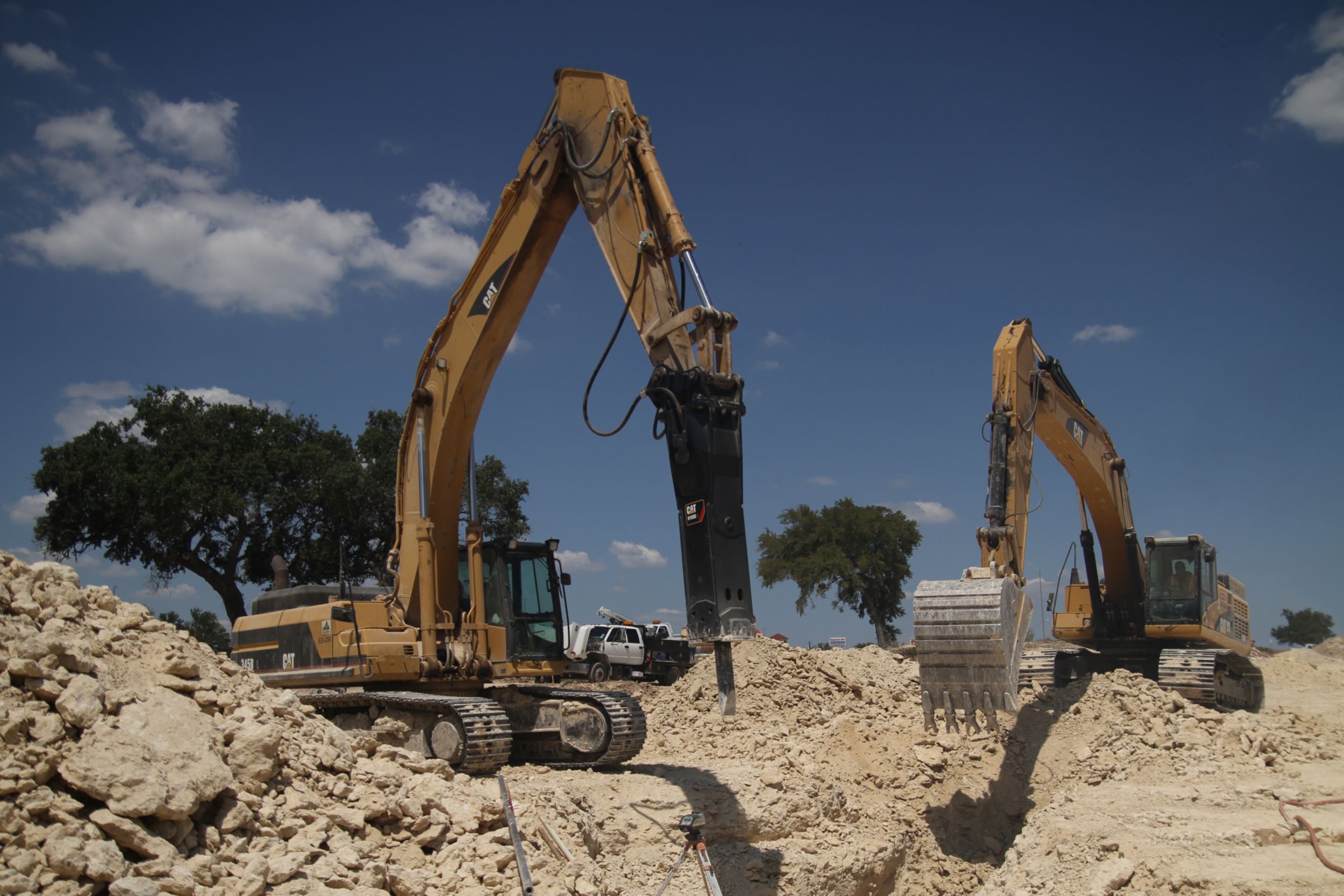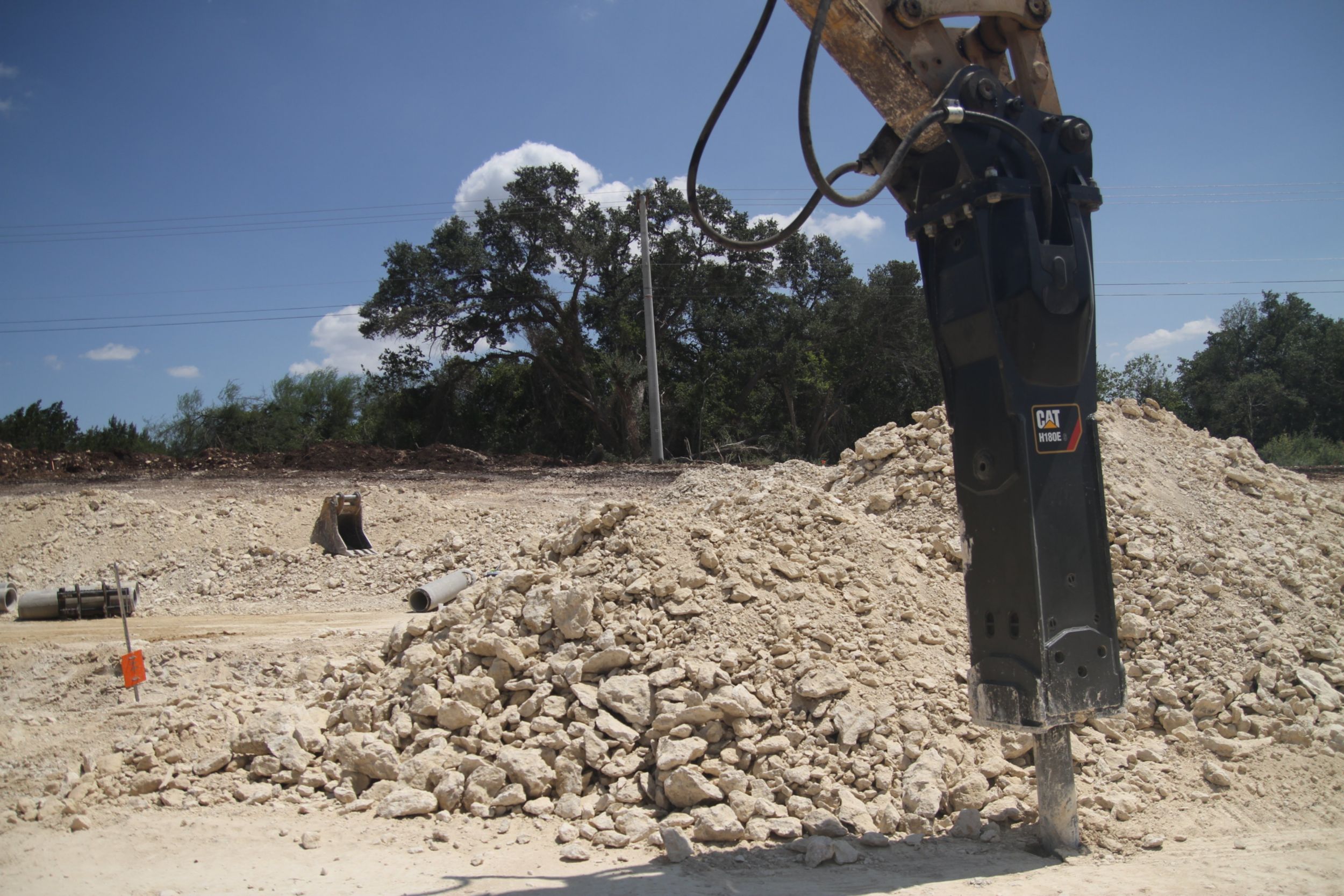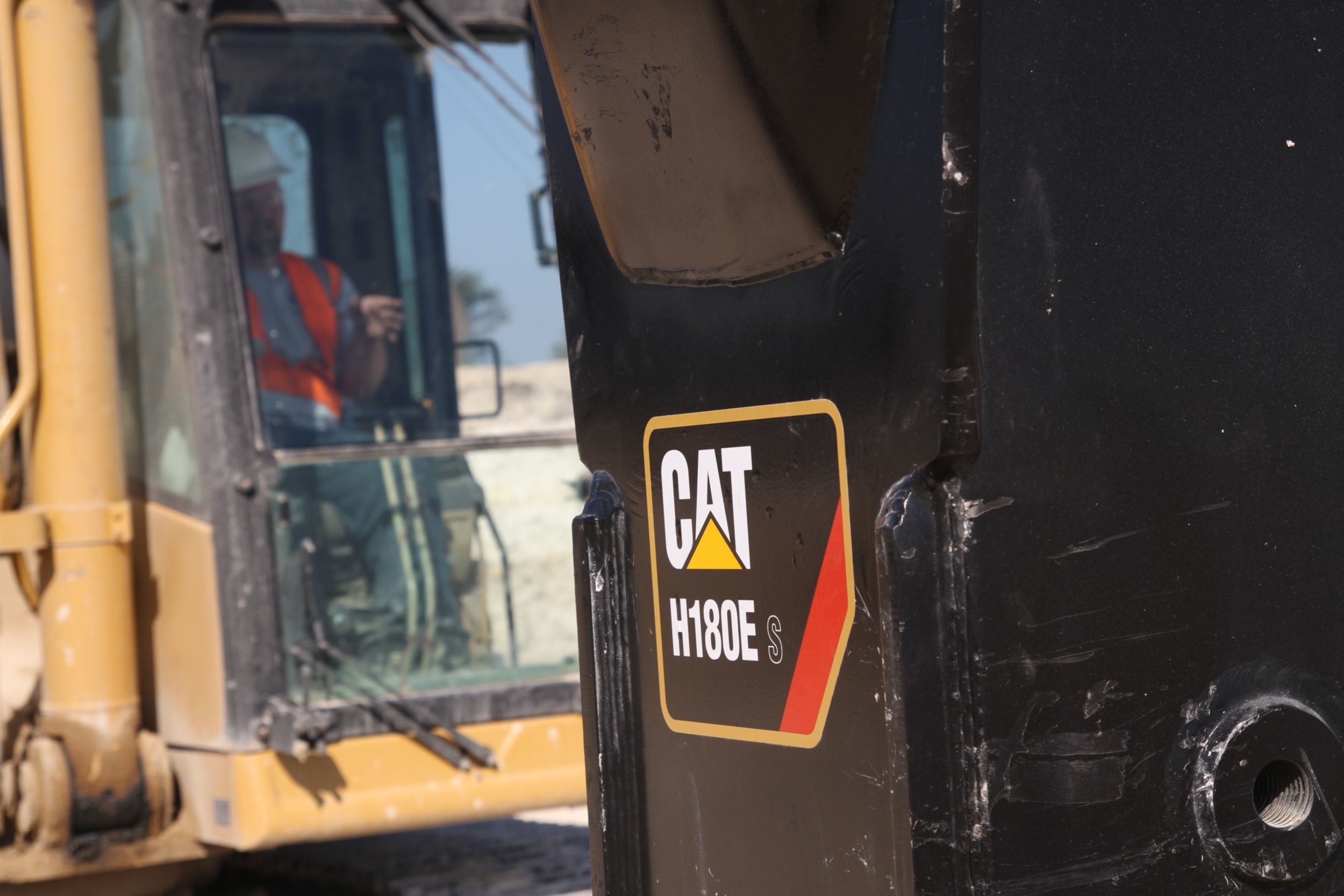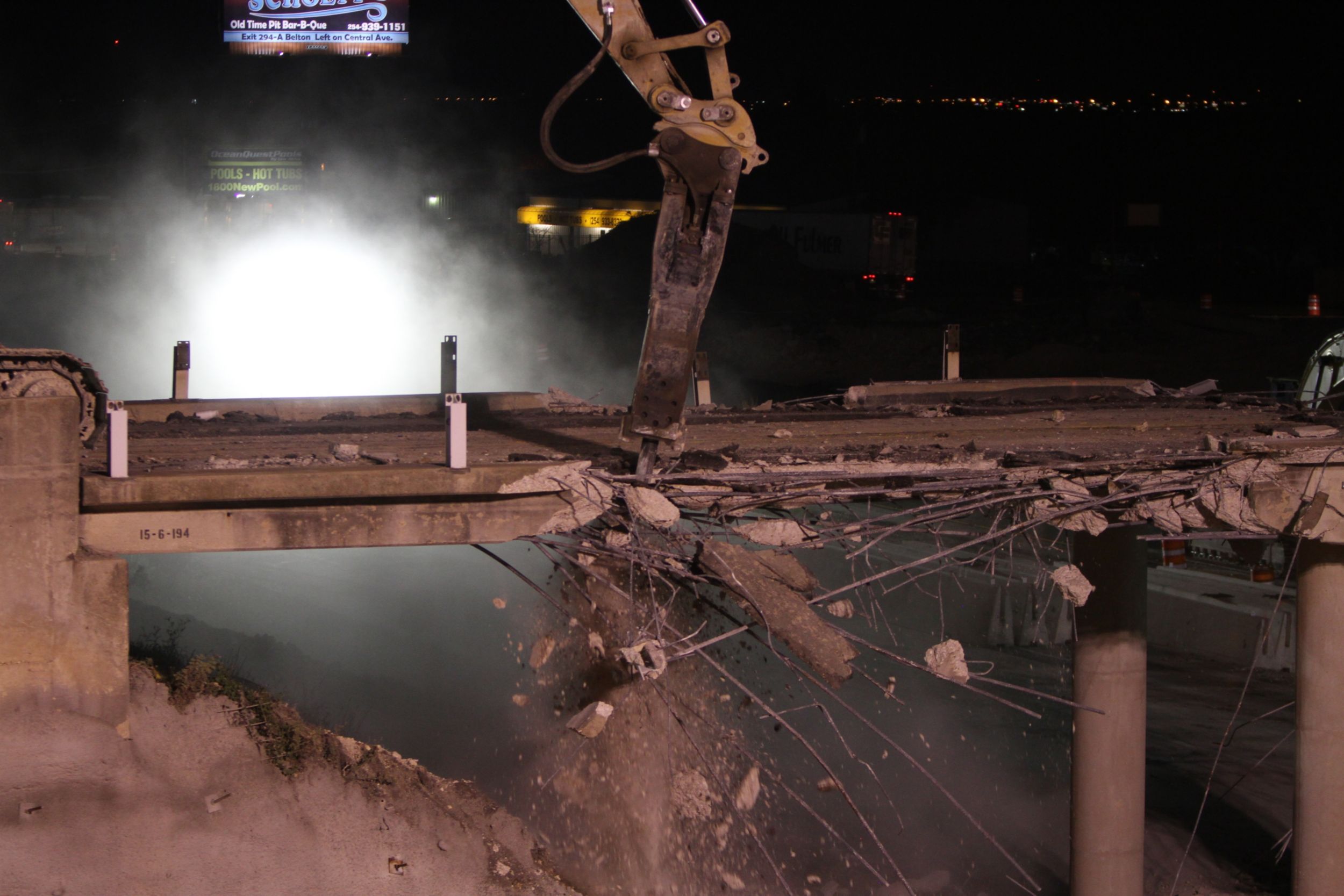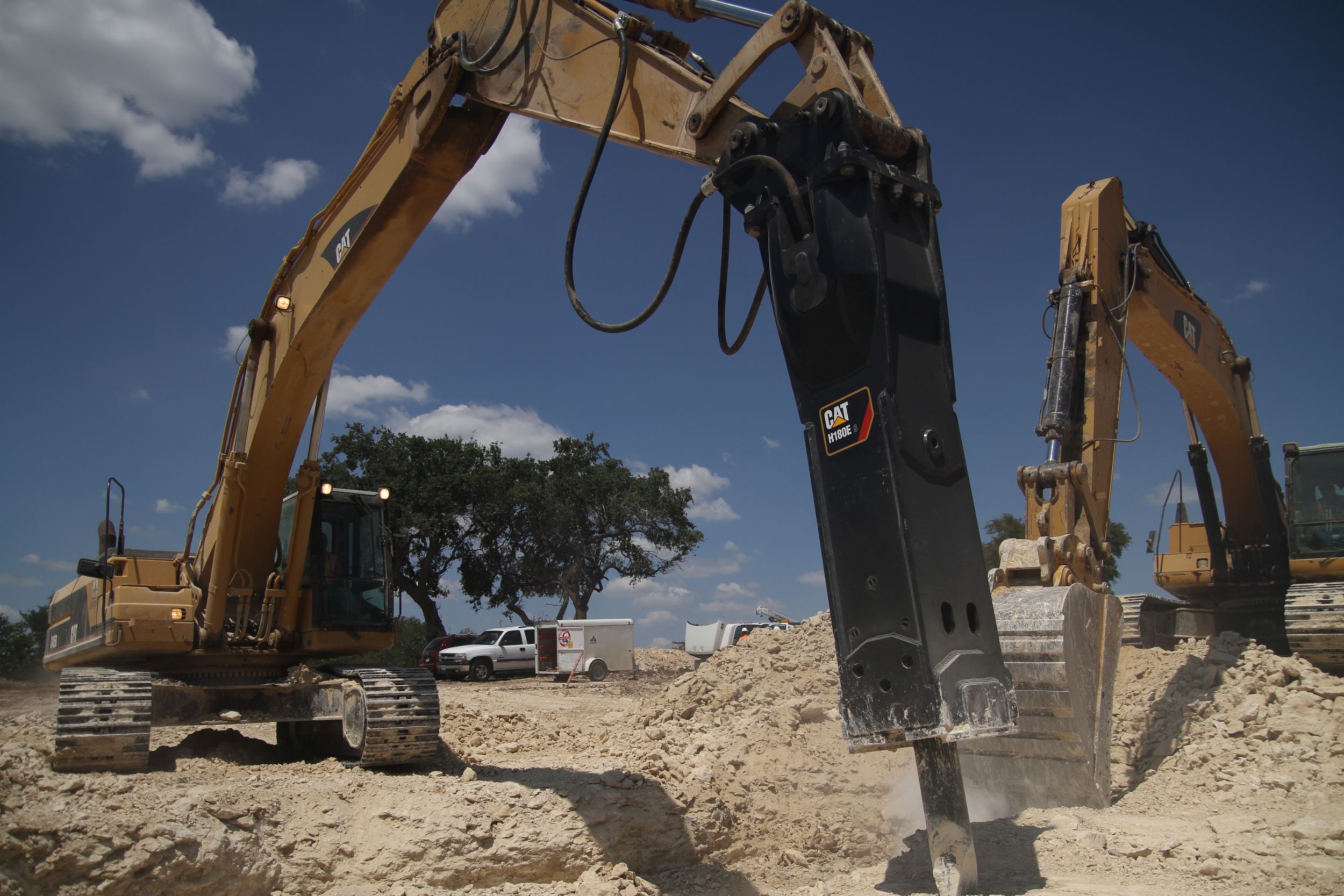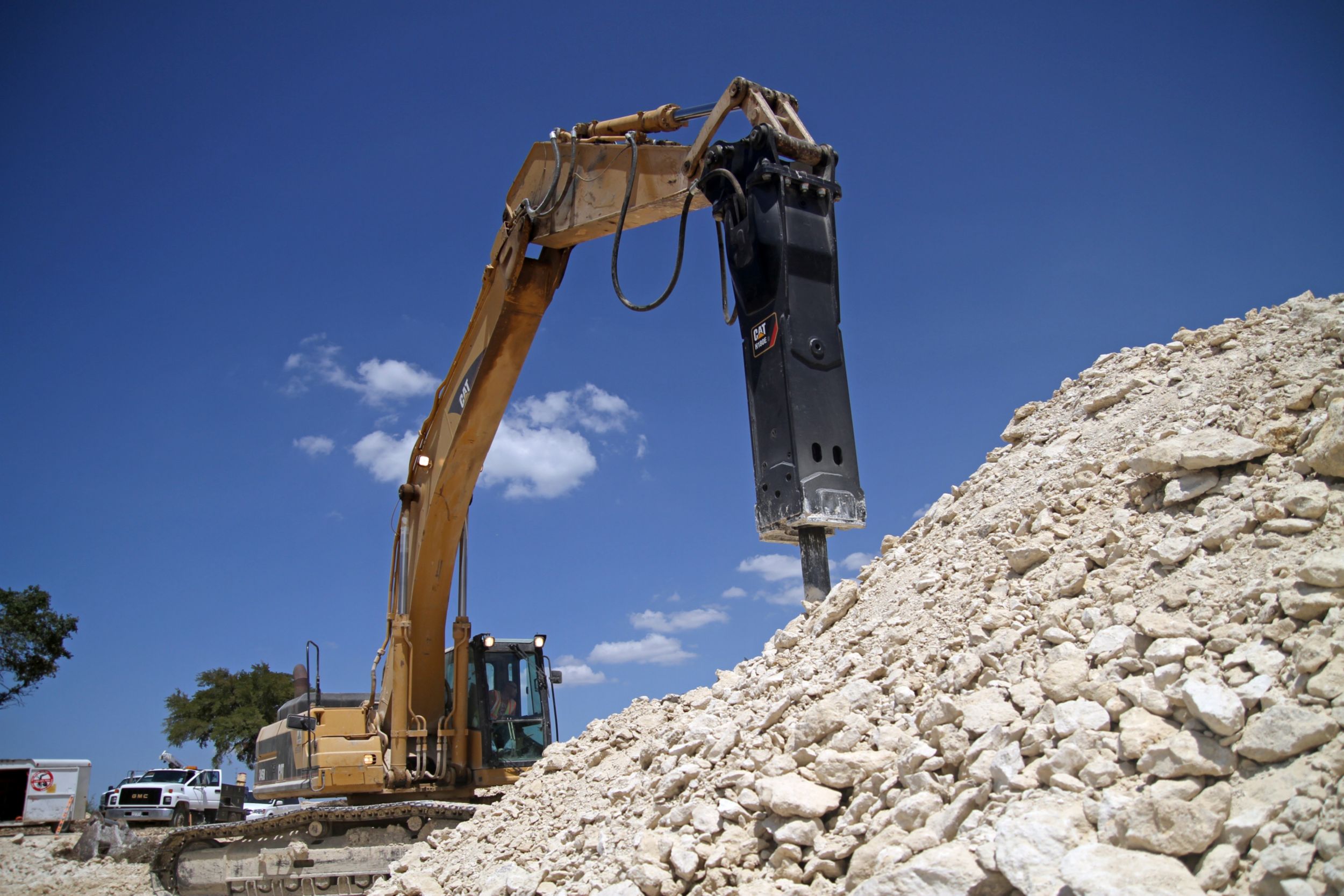H180 S
The H180 S hammer is a valuable asset in quarries and bridge demolition, as well as the largest-scale demolition projects.
Increase Production
Operation cycle is more efficient – less waste in internal heat, more power delivered to the tool.
Piston and tool are matched in diameter and mass, greatly increasing efficiency in power transmission.
Blow frequency, hydraulic pressure and impact energy have been tuned to produce the highest possible work rates on Cat machines.
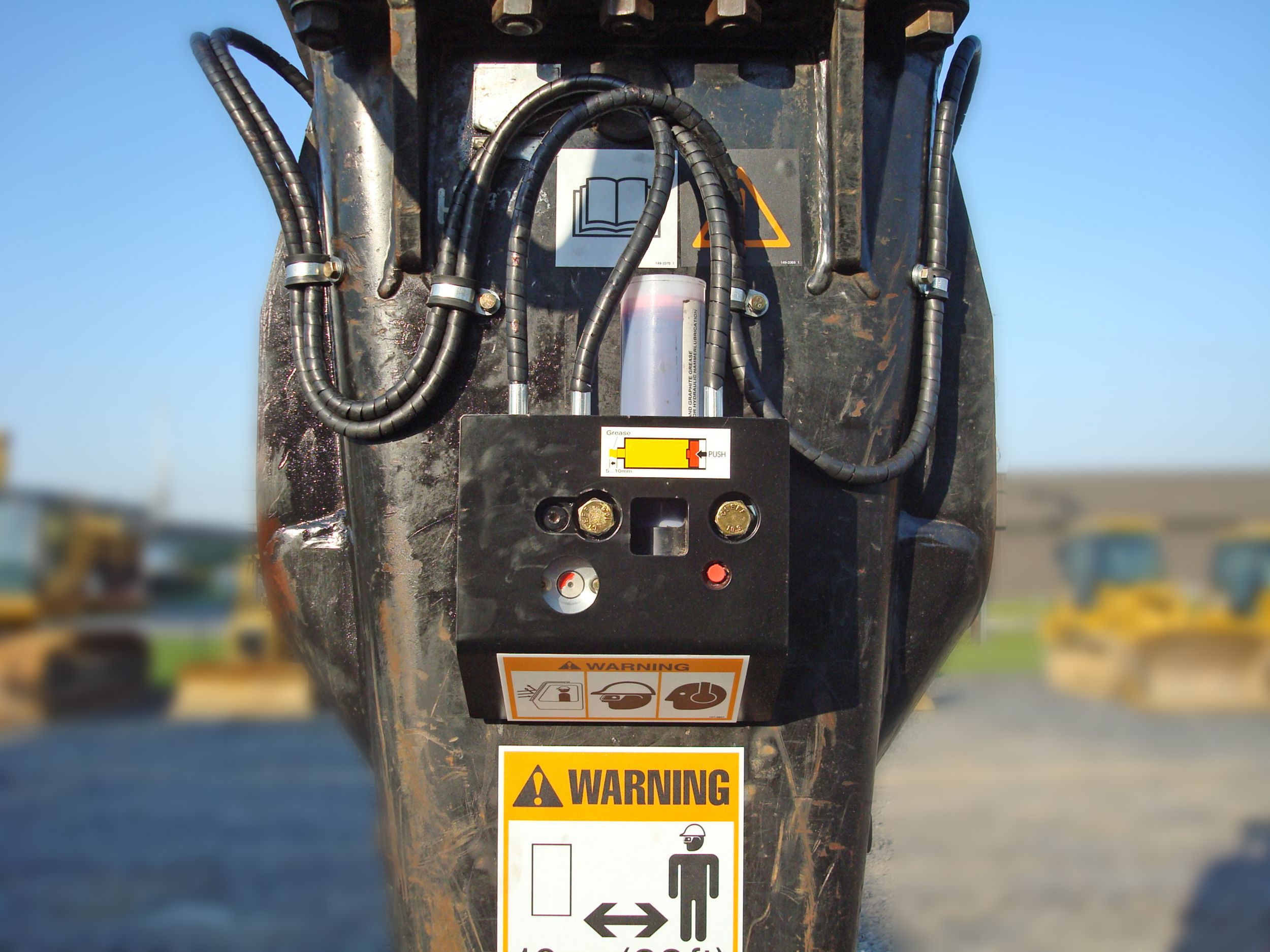
Lower Maintance Costs
Design keeps gas pressure steady through the duration of the annual service interval.
All daily checks and routine service can be performed with the hammer attached to the machine.
Spend more time working and less time on service.
Greasing can be performed quickly from one standing-height grease point.
Service the lower bushing in the field using simple hand tools.
Lower bushing is rotatable – more service life lower parts cost.
Optional on-board autolube provides continual greasing as the hammer runs, protecting your investment.
Available for extreme environments, the optional wear package protects the hammer housing from damage.

Focus on Your Business, Not Your Hammer

Easy to Operate
On a Next Gen Cat Excavator, hammers are protected by Auto-Stop, preventing damage from over-hammering in a single spot.
This feature helps prevent damage to your machine and premature damage to your hammer, even with inexperienced operators.
Performance Hammers lead in both operator comfort and machine protection.
The buffering system qualitatively dampens vibration to the machine due to proprietary buffering material.
Can be configured for joystick or foot pedal control to suit your operating preference.

Spend Less Time on Maintenance
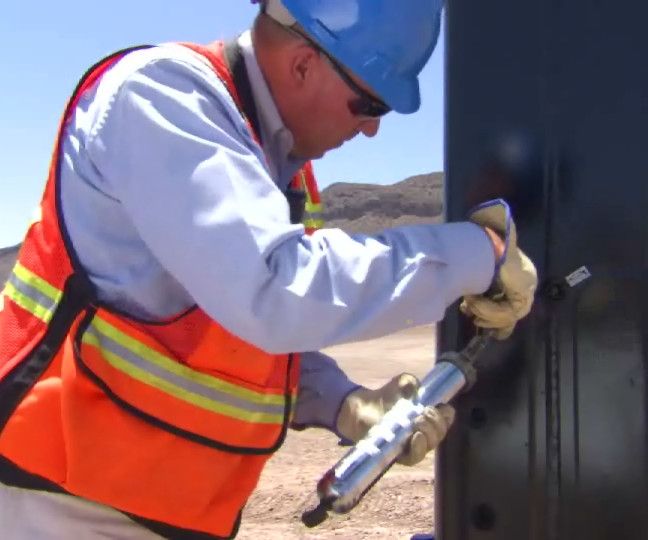
Next Level Technology
When paired with a Next Gen Cat excavator, the hammer is automatically recognized and configured
Cat hammer dimensions are included in Cat E-Fence technology – protects the cab, and keeps the hammer in safe areas on the job site.
Hammer pressure and flow controls can be monitored and configured via the in-cab monitor – manually or automatically.

Upgrade to Meet Your Needs

Beyond Your Purchase

